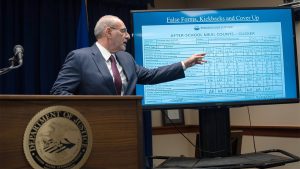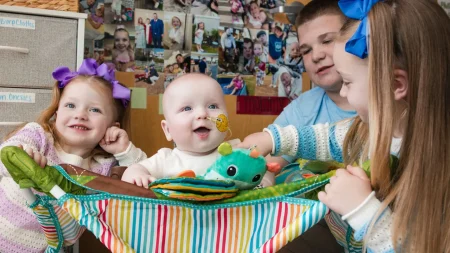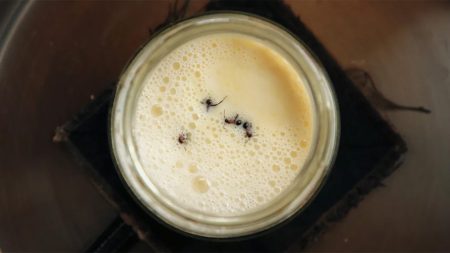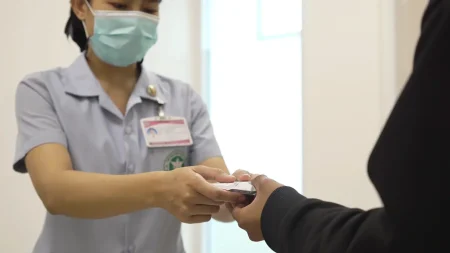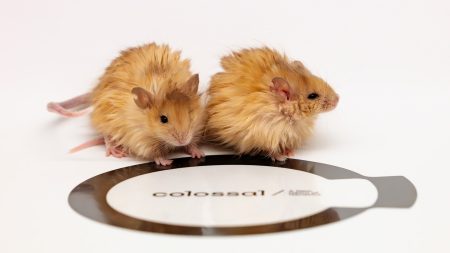The Brain’s Remarkable Memory: How It Remembers a Missing Limb
In a fascinating revelation about neuroplasticity, recent research published in Nature Neuroscience has challenged long-held beliefs about how our brains adapt after limb loss. The study, conducted on three women who underwent planned hand amputations, discovered that the brain maintains remarkably persistent maps of missing limbs, even years after amputation.
For decades, neuroscientists believed that following amputation, the brain undergoes significant reorganization, with neighboring areas—particularly those controlling the face and lips—taking over the neural real estate once dedicated to the missing limb. This concept of neural plasticity suggested that the brain quickly repurposes unused areas for other functions. However, this theory created a puzzling contradiction with the lived experiences of amputees, who often report feeling phantom sensations, including pain, from their missing limbs. As Hunter Schone, a neuroscientist at the University of Pittsburgh and lead researcher explains, “These two ideas of ‘The brain is completely changing,’ and the amputee experience, saying, ‘I can still feel the limb,’ are very much in conflict with each other.”
The groundbreaking study tracked three women who agreed to undergo functional MRI brain scans before and after their planned hand amputations—a remarkable contribution during what was undoubtedly a challenging time in their lives. During these scans, the participants performed simple movements: moving individual fingers, curling toes, and pursing lips. These actions triggered measurable changes in blood flow in the primary somatosensory cortex, the brain region responsible for processing sensory information including touch, pain, and spatial awareness. What surprised researchers was that after amputation, when participants attempted to move their now-missing fingers, the same brain activity patterns appeared as before surgery. Moreover, lip movements didn’t activate the hand area, suggesting that contrary to previous theories, neighboring body representations weren’t expanding into the territory of the missing hand.
Perhaps most striking was the longevity of these hand maps. When one participant was rescanned five years after her amputation, her brain’s representation of her hand remained virtually unchanged. This finding was further supported by scans of 26 other amputees. Tamar Makin, a cognitive neuroscientist at the University of Cambridge, emphasized this consistency: “There is really strong, consistent evidence in pretty much every amputee I scan that there is persistent representation of their missing hand.” The study’s before-and-after design provides compelling evidence that, at least on a macroscopic level, the dramatic reorganization previously assumed doesn’t occur as extensively as once thought.
Dan Feldman, a neuroscientist at the University of California, Berkeley, who wasn’t involved in the research, notes that while the study convincingly demonstrates stability at larger scales detectable by fMRI, it doesn’t rule out the possibility of more subtle reorganization occurring at smaller scales. Nevertheless, this discovery challenges fundamental assumptions about neural plasticity following limb loss and has significant implications for treatment approaches.
The findings could revolutionize how we approach prosthetic design and treatments for phantom limb pain—a common and sometimes debilitating condition affecting many amputees. Current therapeutic approaches often aim to correct or redirect presumed neural rewiring, but as Schone points out, these strategies may be based on a flawed understanding: “To me, our study says we need to stop chasing or trying to fix broken brain maps that aren’t actually broken.” Instead, this research suggests that harnessing the brain’s persistent memory of the missing limb might be more effective in developing intuitive prosthetics and addressing phantom sensations.
This study not only deepens our understanding of the brain’s remarkable capacity to maintain bodily representations even after physical changes but also highlights the importance of aligning neuroscientific theories with the lived experiences of patients. The persistence of these neural maps may explain why many amputees continue to feel their missing limbs so vividly—their brains, in a very real sense, never forgot them.

